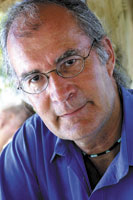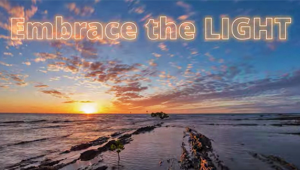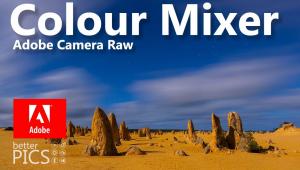Editors Notes
More and more digital cameras
are now offering a new file format that may be the best choice for those
who really want to get into their digital image files. Known collectively
as raw, it doesn't really stand for anything, as do the initials
in JPEG and TIFF. Raw means just that--the raw image data that goes
from the sensor to the memory card. Unlike TIFF and JPEG, raw files are
not subject to a lot of image processing in the camera. Instead, you supply
the image processing yourself when you open the image in the camera maker
or a third-party software program. There you can set any white balance,
exposure compensation, color shift, sharpness, etc. that you might desire.
Raw started out as a bit of a mystery, but in this issue we bring you
two reports on why it might be worth considering, especially if you want
to get the most information out of your images and involved with your
end results. |



































